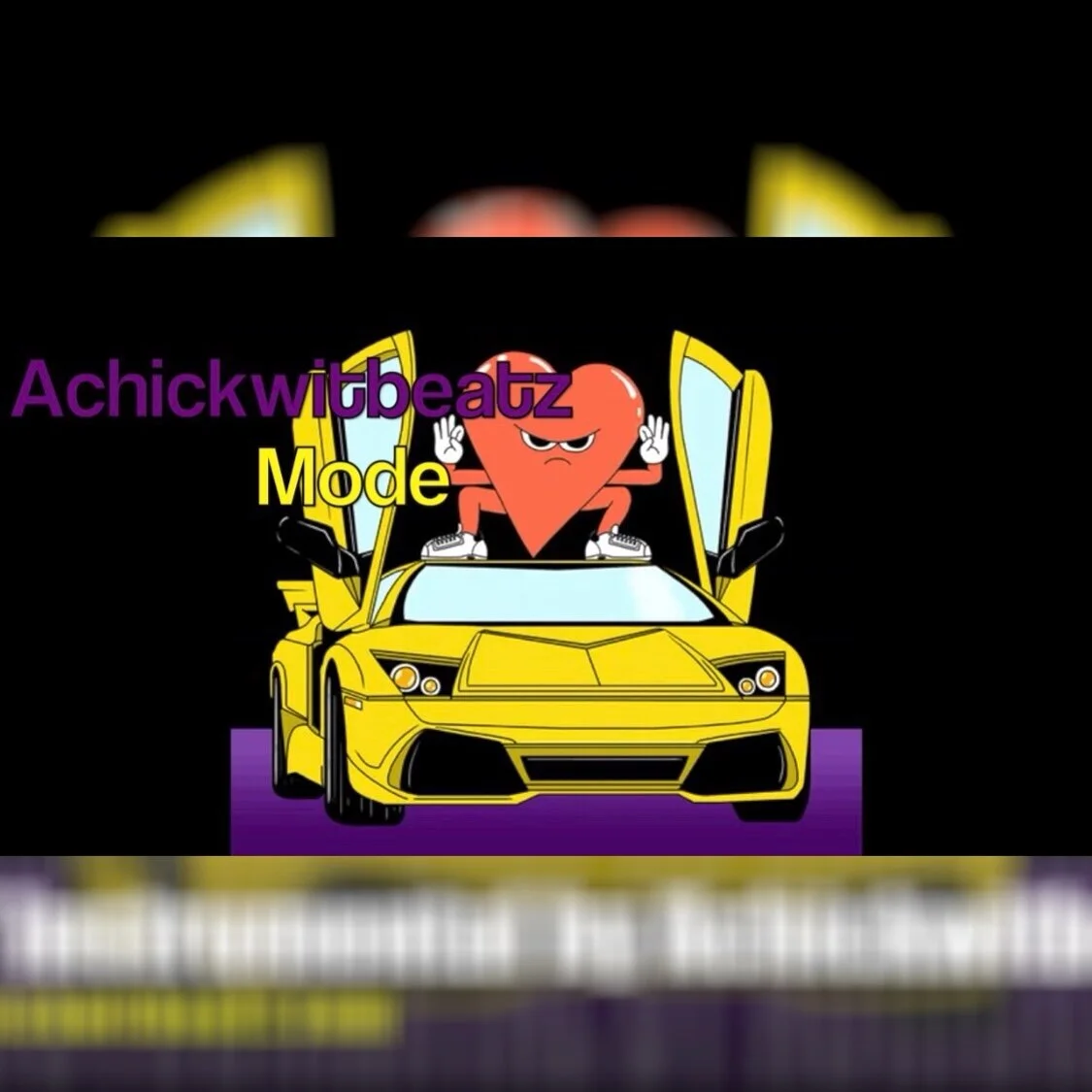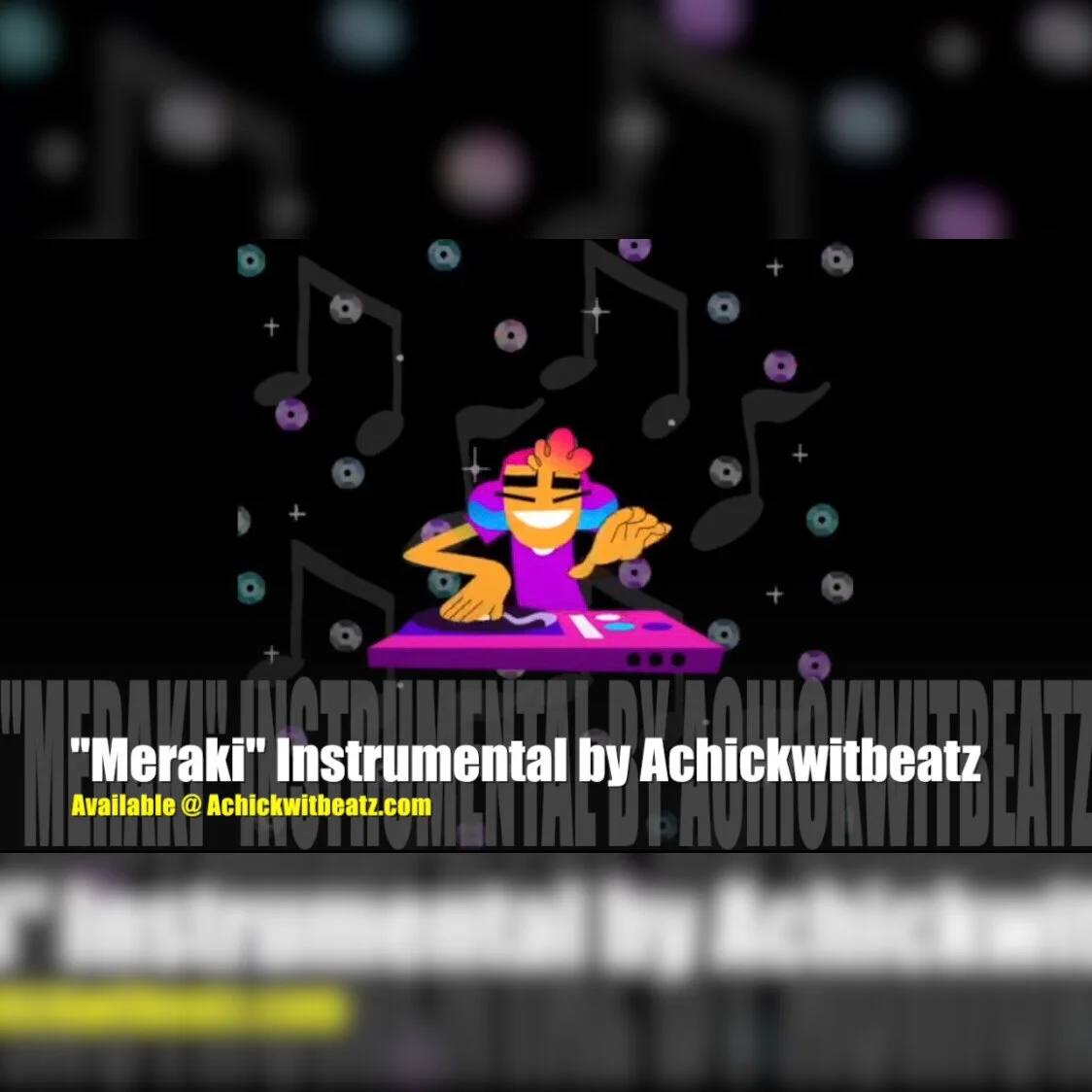Photo by Zulfugar Karimov on Unsplash
As part of my ongoing research into music marketing strategies for independent artists, I’ve been looking deeper into YouTube, not as a casual viewer, but as someone trying to figure out what actually works when you're building a music career from the ground up. The platform can be overwhelming, but as a key player in discoverability, it holds serious potential for long-term visibility, growth, fan engagement, and monetization.
To be clear, this post is not about chasing virality or gaming the algorithm. It’s about using the platform strategically and sustainably. So here’s what I’ve been learning so far, both from trial and error and from observing what other artists are doing effectively in public view. Here are some practical takeaways for artists looking to make YouTube work for their music careers.
Why YouTube Deserves Strategic Attention
Photo by Souvik Banerjee on Unsplash
YouTube remains one of the most important tools for music promotion and discovery. It's the second-largest search engine in the world, owned by Google, and it's where fans often go intentionally to find music. Listeners use it to search for songs, learn about new artists, or binge content from creatives they like. Unlike scrolling through TikTok or Instagram, viewers on YouTube often arrive with a purpose: to watch, to listen, or to learn.
But YouTube’s value goes beyond visibility. It also:
Strengthens searchability for your artist name and song titles by integrating with Google search results, offering long-term discoverability
Increases the lifetime of a music release by housing evergreen content, both official and personal storytelling
Helps build trust and connection through visuals and behind-the-scenes content
Enables monetization through the YouTube Partner Program and Content ID
For independent artists, the platform presents a rare opportunity to build an audience and a brand without needing gatekeepers. But that opportunity only translates into results with an intentional approach.
1. Prioritize Two Key Types of Content
Observing independent artist channels, two types of videos tend to build the strongest foundations and consistently gain traction:
Search-Driven Content: These are videos optimized for discoverability, think lyric videos, official music videos, or cover songs that people are already searching for. This is where SEO (search engine optimization) comes into play. Titles, tags, and descriptions matter here.
Personality-Driven, Community-Building Content: These include behind-the-scenes footage, songwriting breakdowns, tour vlogs, and casual videos that help fans connect to the artist’s world. These don't always bring search traffic, but they build your relationship with your audience and loyalty.
Search-driven content brings people in. Personality-driven content gives them a reason to stay.
A balanced YouTube strategy includes both, making your channel more than just a highlight reel, but a place fans want to return to. The goal is to make it easy for someone to discover your work, then keep exploring.
2. Treat Each Video Like a Launch, Not an Archive
Photo by Jakob Owens on Unsplash
One of the biggest mindset shifts I’ve seen among artists who grow their YouTube channels is treating every upload like a mini-campaign, as opposed to a virtual dumping ground. Think of each upload as a launch with a few key steps:
Create a strong title that includes key terms people might search for (e.g., “Indie Pop Love Song | Official Music Video | [Your Artist Name]”).
Write a compelling description that includes the song's backstory, credits, and links to your website, social profiles, or merch.
Add relevant tags, not just genre and mood, but related artists, instrumentation, and video type (e.g., “acoustic session,” “live performance”).
Design an eye-catching thumbnail. If you don’t design one yourself, YouTube will auto-select a frame, which is rarely ideal because they’re not optimized to catch attention. Thumbnails influence click-through rates.
Planning the video launch also includes posting about it before it goes live, premiering it if possible, and rolling out across your socials the day of release. Treat your uploads like events. Let your audience know something’s coming and give them a reason to show up.
3. Use Playlists and Chapters to Guide Exploration and Encourage Longer Viewing
Photo by Alvaro Reyes on Unsplash
If you’re releasing music regularly or have a growing catalog, playlists are your best friend. They help group your content into digestible series, whether by album, theme, or video type. YouTube’s algorithm favors watch time, and playlists can increase session duration by auto-playing related videos from your channel.
Also, if you’re uploading longer-form videos (like behind-the-scenes documentaries, studio vlogs, or live sets), using chapters (timestamped sections in your video description) helps retain viewers by giving them control over how they watch. They allow viewers to skip to the parts they care about and keep them engaged longer.
These small adjustments make your channel feel more intentional and user-friendly.
4. Don’t Ignore Shorts, But Know Their Role
Photo by Florian Schmetz on Unsplash
Shorts aren’t a replacement for full videos, but they’re helpful for discovery. They’re given prime placement in the YouTube app and can introduce new viewers to your style, voice, or sound in under 60 seconds. While Shorts don’t always lead to deeper engagement, they can help artists:
Tease a new release or video
Highlight standout lyrics or performance moments
Showcase studio snippets or reactions
Share candid, raw moments from rehearsals or tour
The best Shorts are easy to produce and feel natural, not overly polished or promotional. It’s important to remember that viral Shorts don’t always lead to long-term fan conversion. Use them as the top of your funnel to attract attention, but give people something else to watch if they click on your channel. This is where having longer-form content ready, where they can connect with your music more deeply, becomes important.
5. Engage Through the Posts Tab
The Posts Tab (formerly Community Tab) is a valuable space for lightweight, low-effort engagement that still reaches your audience. You can post images, polls, updates, and even behind-the-scenes thoughts directly to your subscribers’ feeds.
Artists can use this space to:
Remind subscribers about upcoming video premieres
Preview cover art or ask for feedback on new music
Offer discount codes for merch or tickets
Post polls to involve fans in decisions (e.g., “Which song should I perform live?”)
Promote older videos that newer subscribers might’ve missed
Celebrate milestones with your community
Offering exclusive insights or perks to encourage a deeper connection
It’s not about frequency, it’s about showing up consistently in ways that feel natural to your audience. It’s less pressure than creating and editing full videos but still keeps you present in people’s timelines.
6. Pay Attention to the Right Analytics
Photo by Szabo Viktor on Unsplash
YouTube’s analytics dashboard can feel overwhelming at first, but a few metrics matter most when it comes to music promotion:
Audience retention tells you how long viewers are staying. If people drop off early, that could signal issues with pacing or structure.
Traffic Sources show if viewers find you through search, external links, or suggested videos. This lets you know where your marketing is working.
Top-performing content: Helps you understand what resonates and how to make more of it.
Click-through rate (CTR): Reflects how compelling your thumbnails and titles are. A low CTR often means your packaging needs improvement.
Top Geographies: This helps with tour routing and targeted ad campaigns.
These insights don’t require you to obsess over numbers, but reviewing them as a feedback loop helps you create smarter content over time.
7. Cross-Link YouTube to the Rest of Your Ecosystem
Photo by Jacob Padilla on Unsplash
YouTube is rarely a viewer’s final destination, so your YouTube strategy shouldn’t live in isolation. Your video descriptions should guide viewers to take the next step, whether that’s streaming your music, buying merch, or following you elsewhere.
Be sure to include:
A link to your main link hub (Linktree, website, mailing list, etc.)
Direct links to stream on Spotify, Apple Music, Bandcamp, or elsewhere
Links to your merch store, tour dates, or Patreon
A clear call to action to subscribe or check out other relevant videos to keep people on your channel
The goal is not just views, but conversion. Cross-linking helps turn casual watchers into supporters, and supporters into long-term fans. Consider YouTube as a gateway to turn passive viewers into active supporters by showing them where to go next.
Keep Testing, Keep Learning
Photo by Christian Wiediger on Unsplash
This isn’t a how-to from a guru, it’s an ongoing research log from someone in the trenches alongside you. I’m experimenting, analyzing, and adapting strategies as I go, and I’ll continue sharing what I learn.
YouTube isn’t a quick fix, but for independent artists willing to treat it with care, it’s a powerful tool for long-term growth. Focus on the human side of your art, optimize for discoverability, and use the data to refine your approach.
Most importantly: keep showing up. Consistency builds trust, and trust builds fanbases.
If you’ve found something that’s worked on YouTube or want to share a channel you think more artists should learn from, drop it in the comments. Let’s keep learning from each other.
- Art
- Independent Labels
- Internet Radio
- Music Documentaries
- Album Reviews
- Music History
- Music Industry News
- Free Game Friday
- Free Downloads
- Poetry
- Books
- Interviews
- Did You See It?!
- Hip Hop History
- Hear Here
- Music News
- Hip Hop Documentaries
- Music Marvels Radio Show
- Think Piece Thursday
- Mini Documentaries
- Instrumental Intel
- Music Humor
- Indie Analysis
- Conversations & Quotables
- Music
- Resources for Artists
- Podcasts
- Beats/Instrumentals
- Music Education
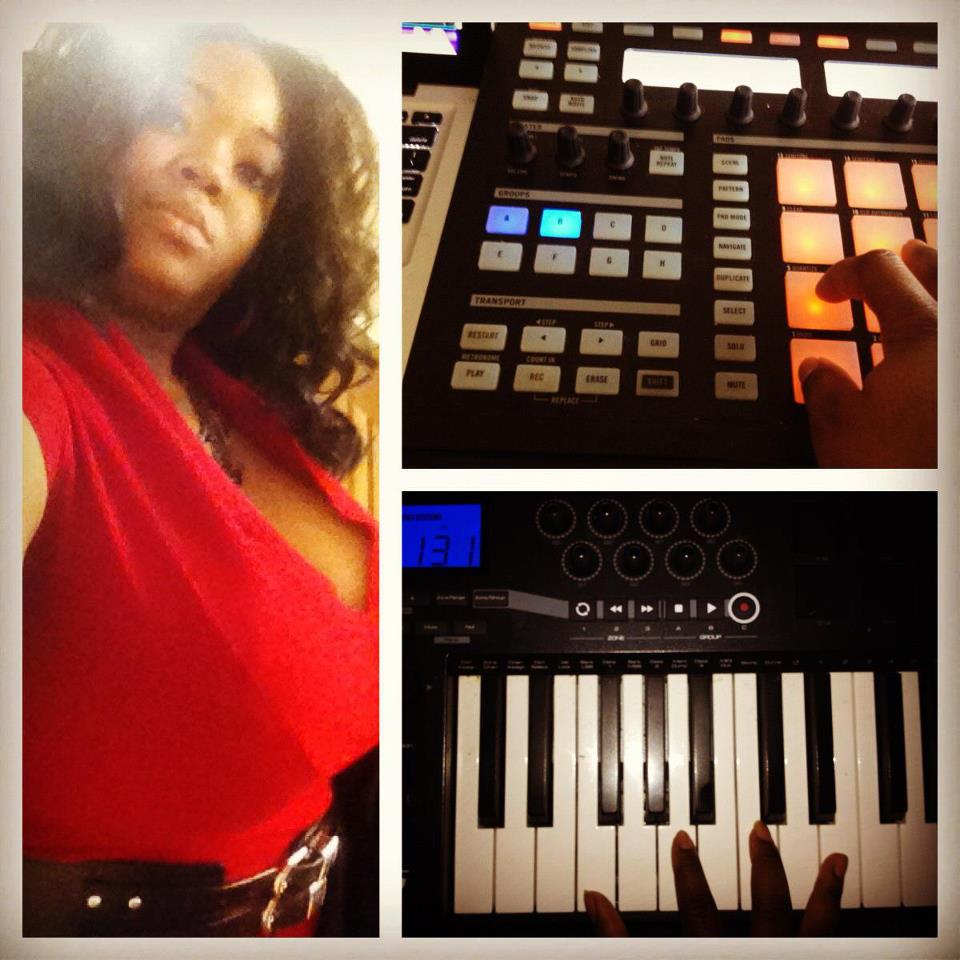


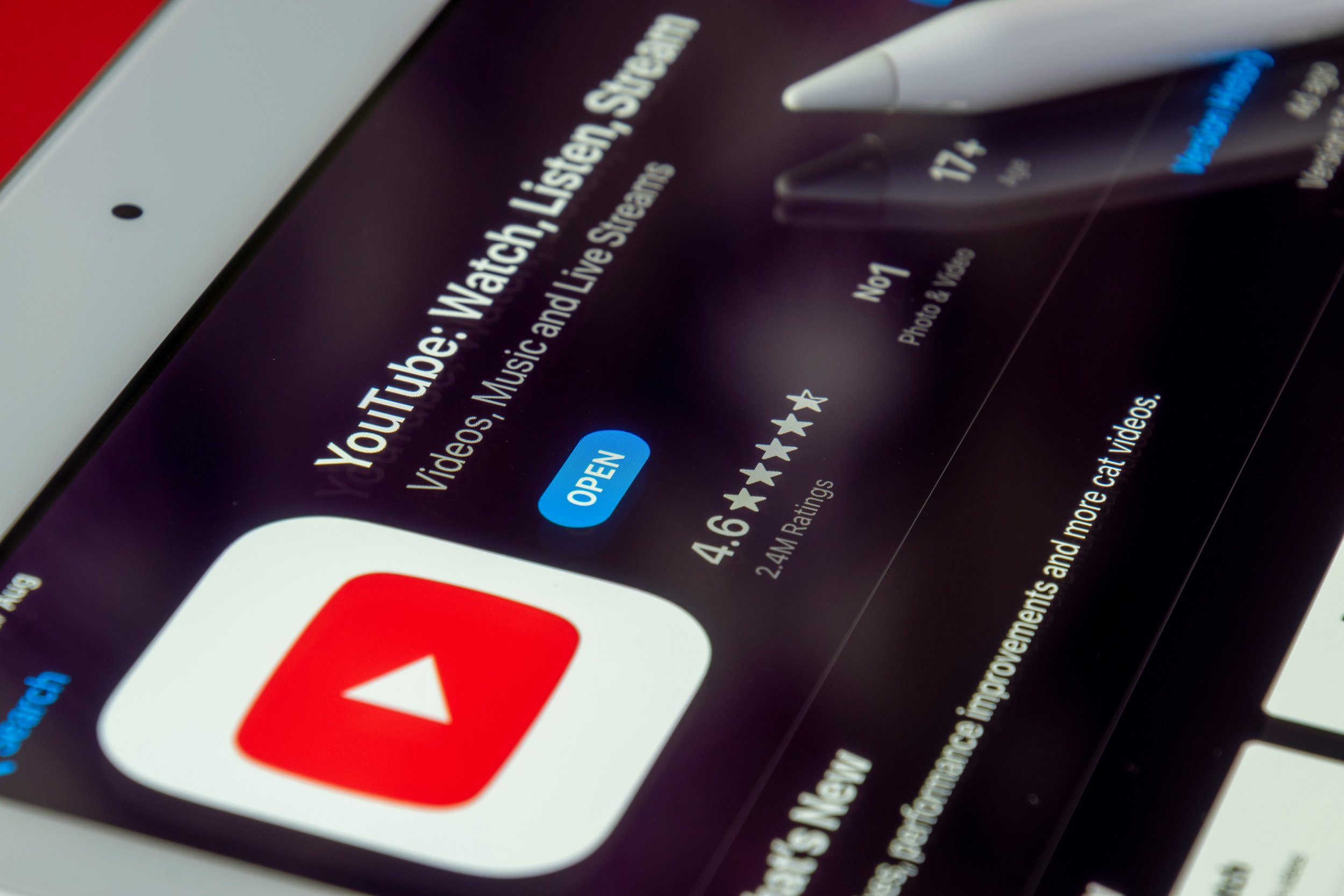
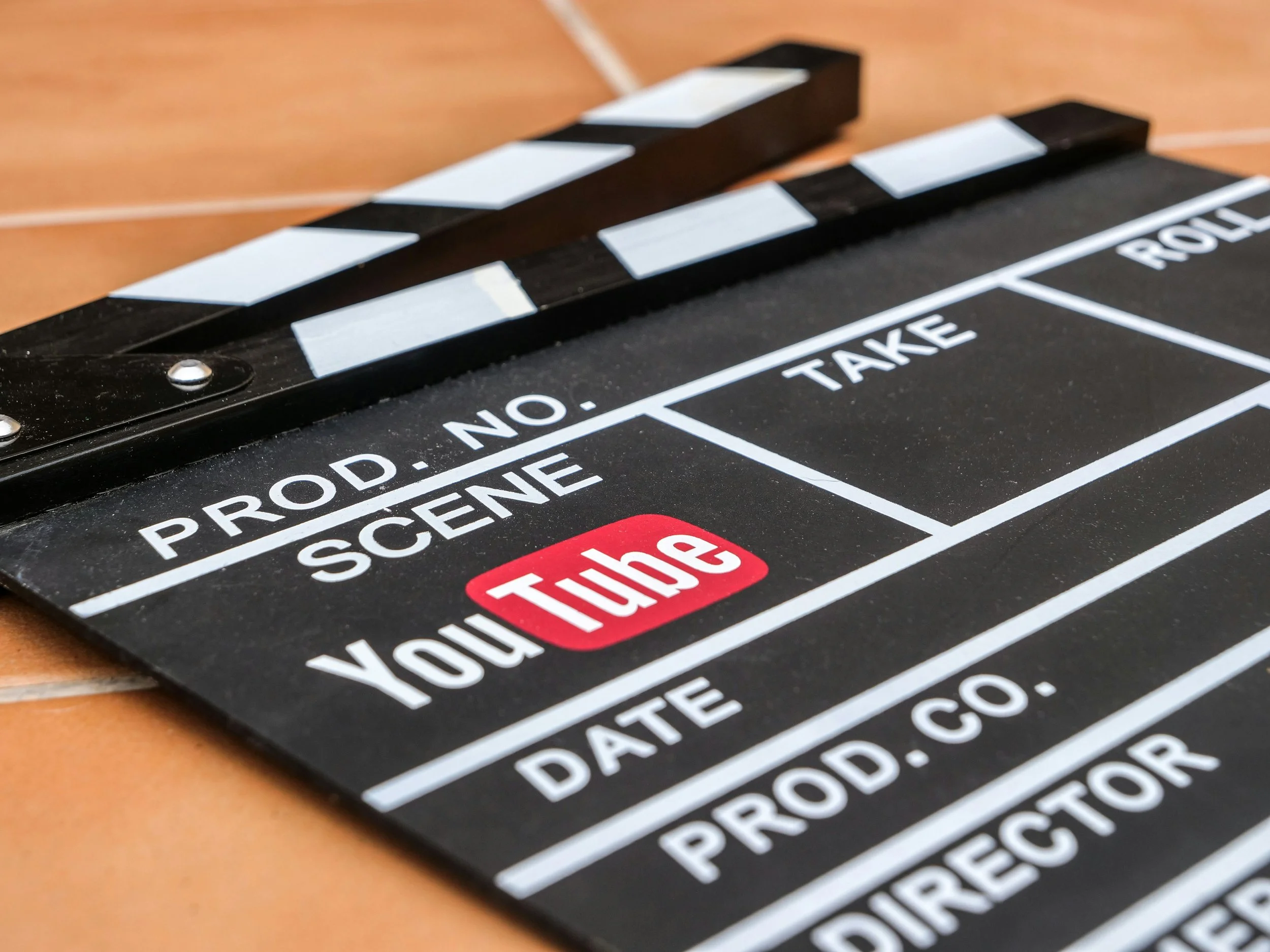
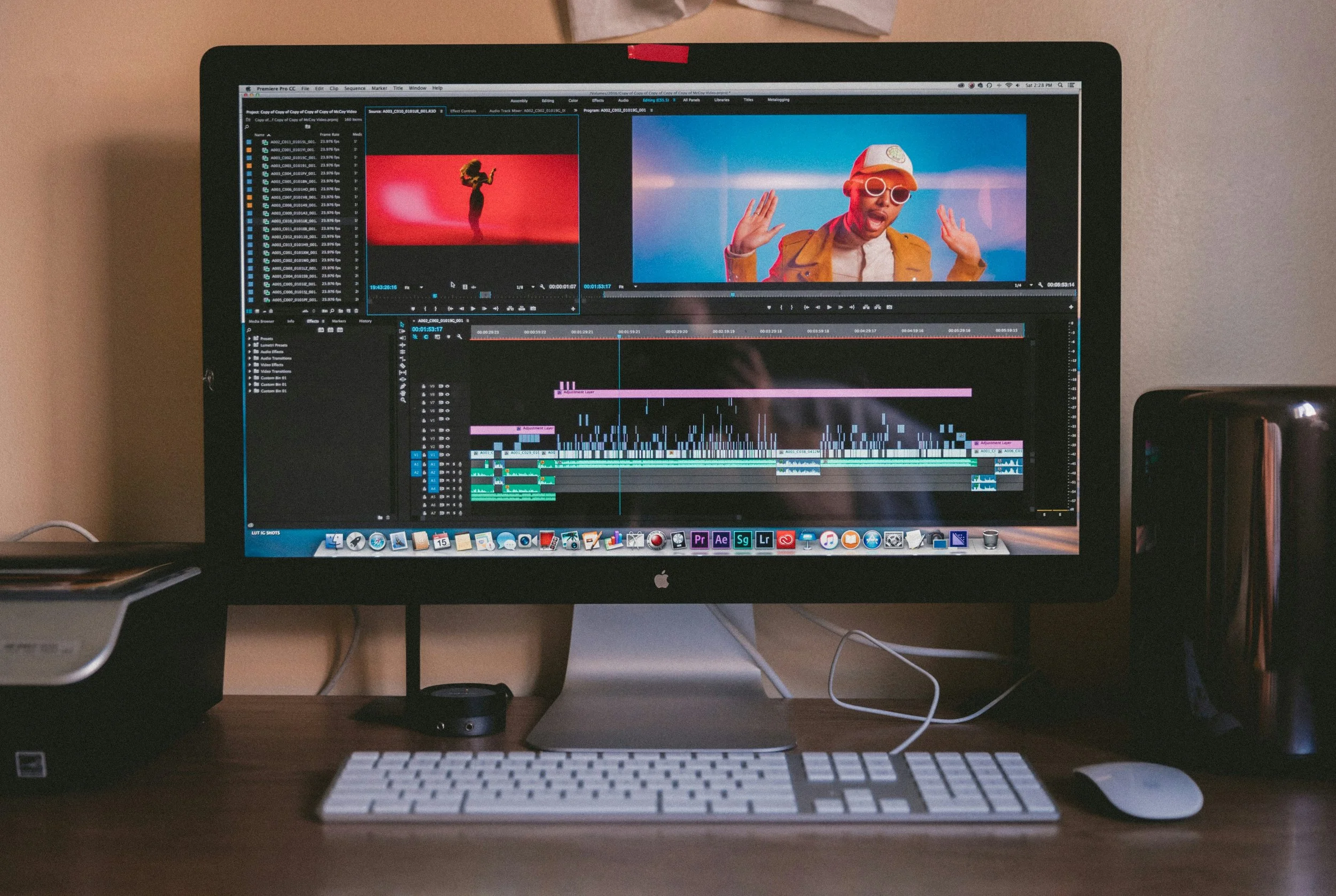
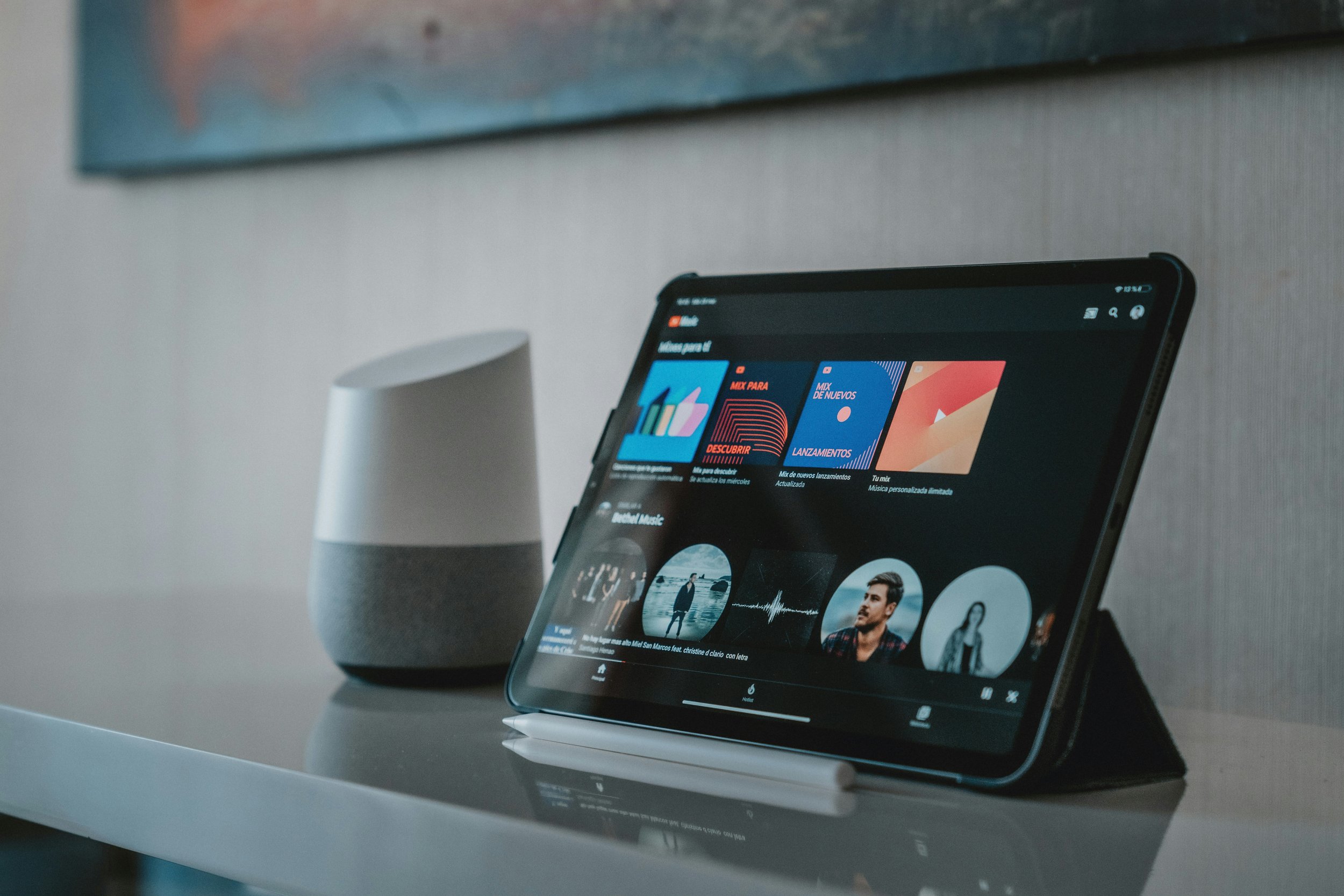

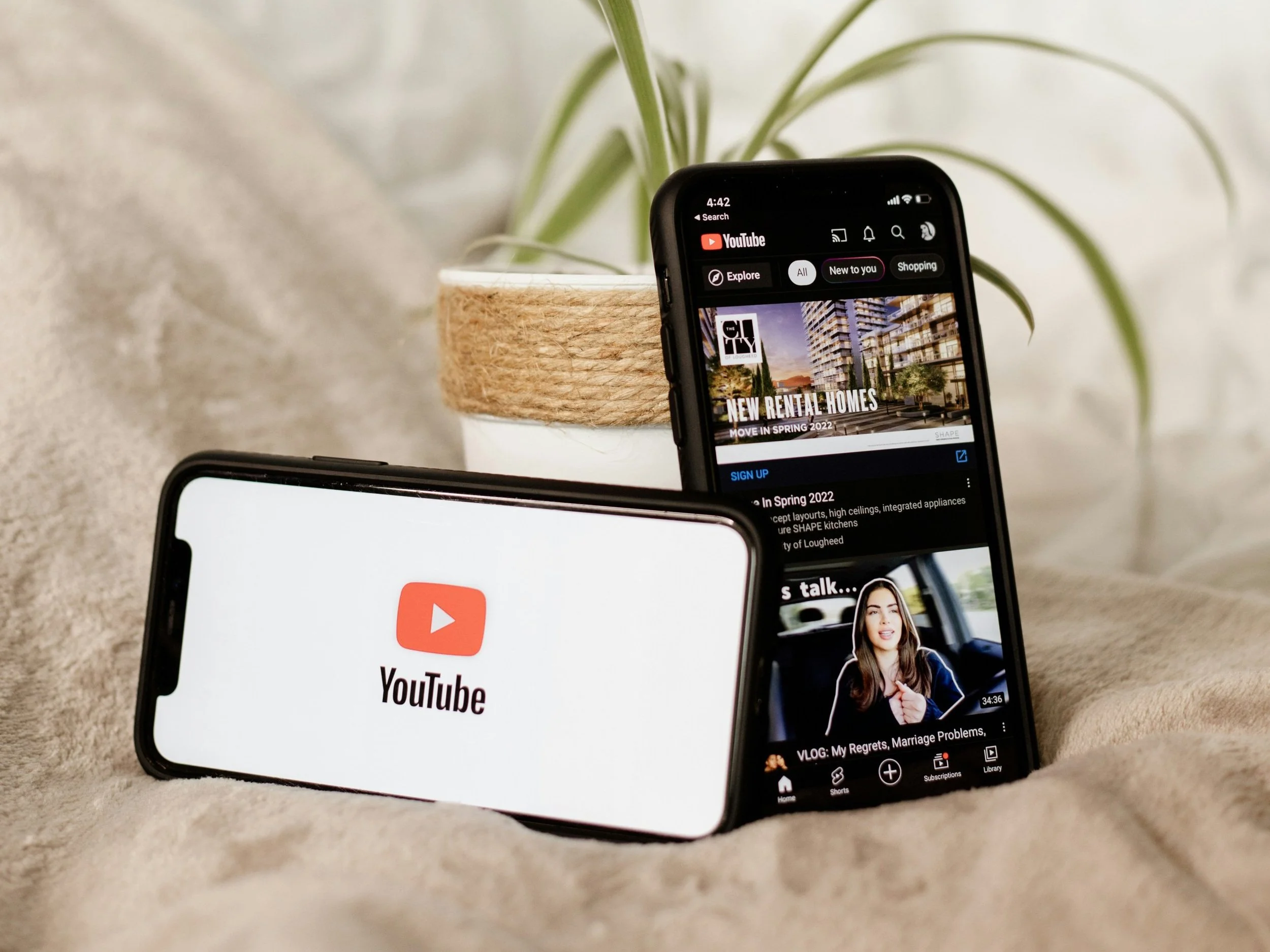
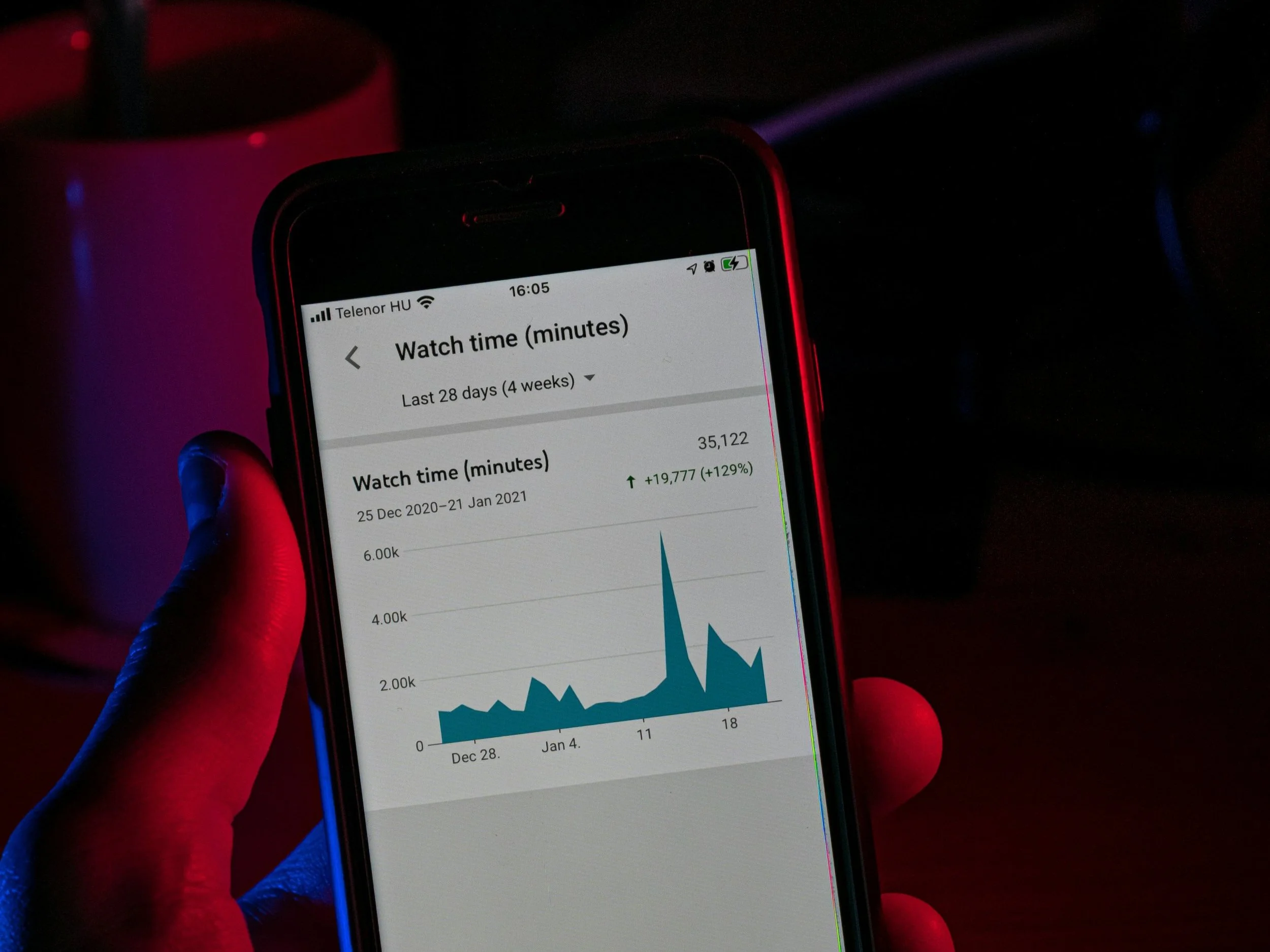
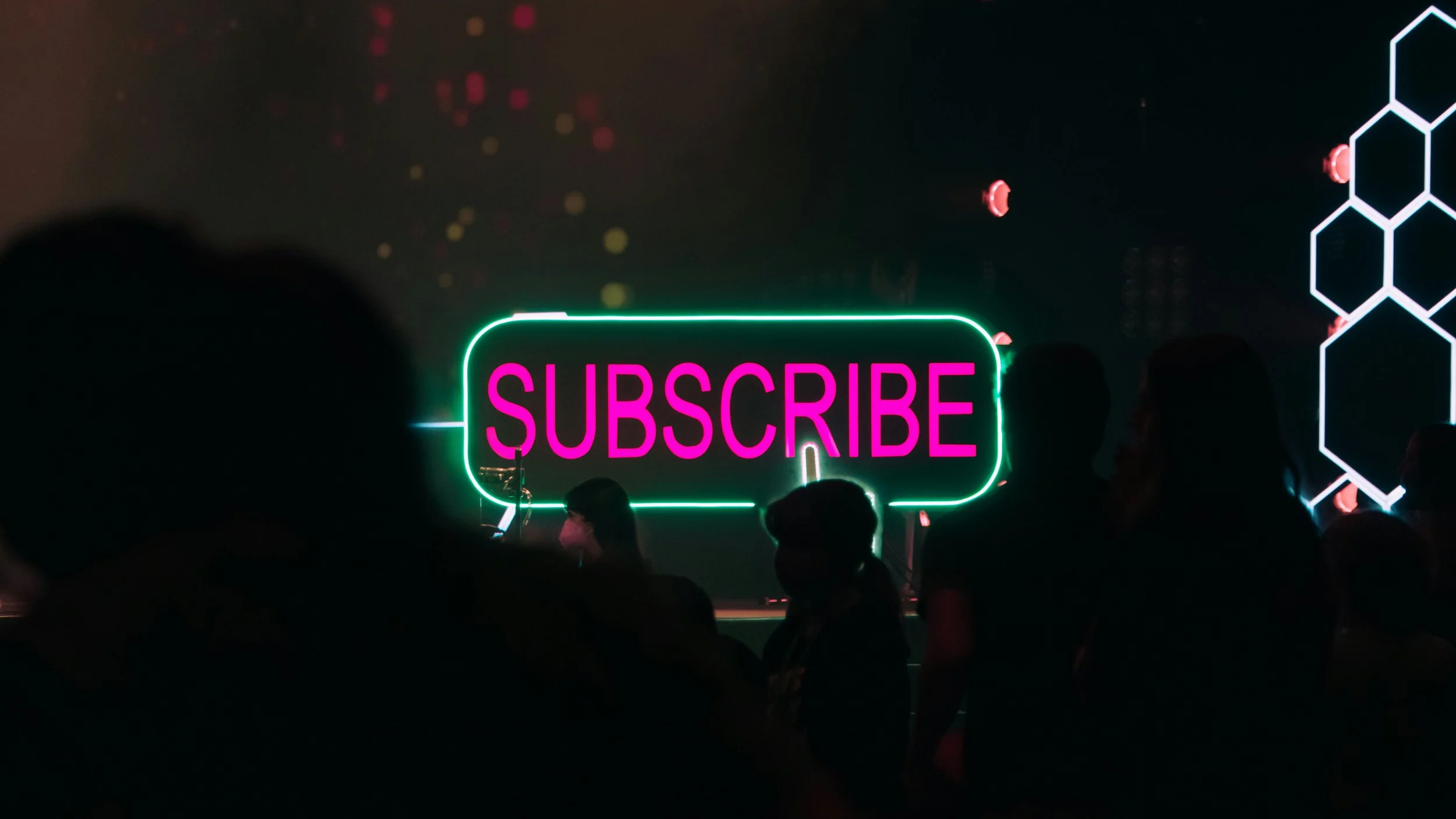
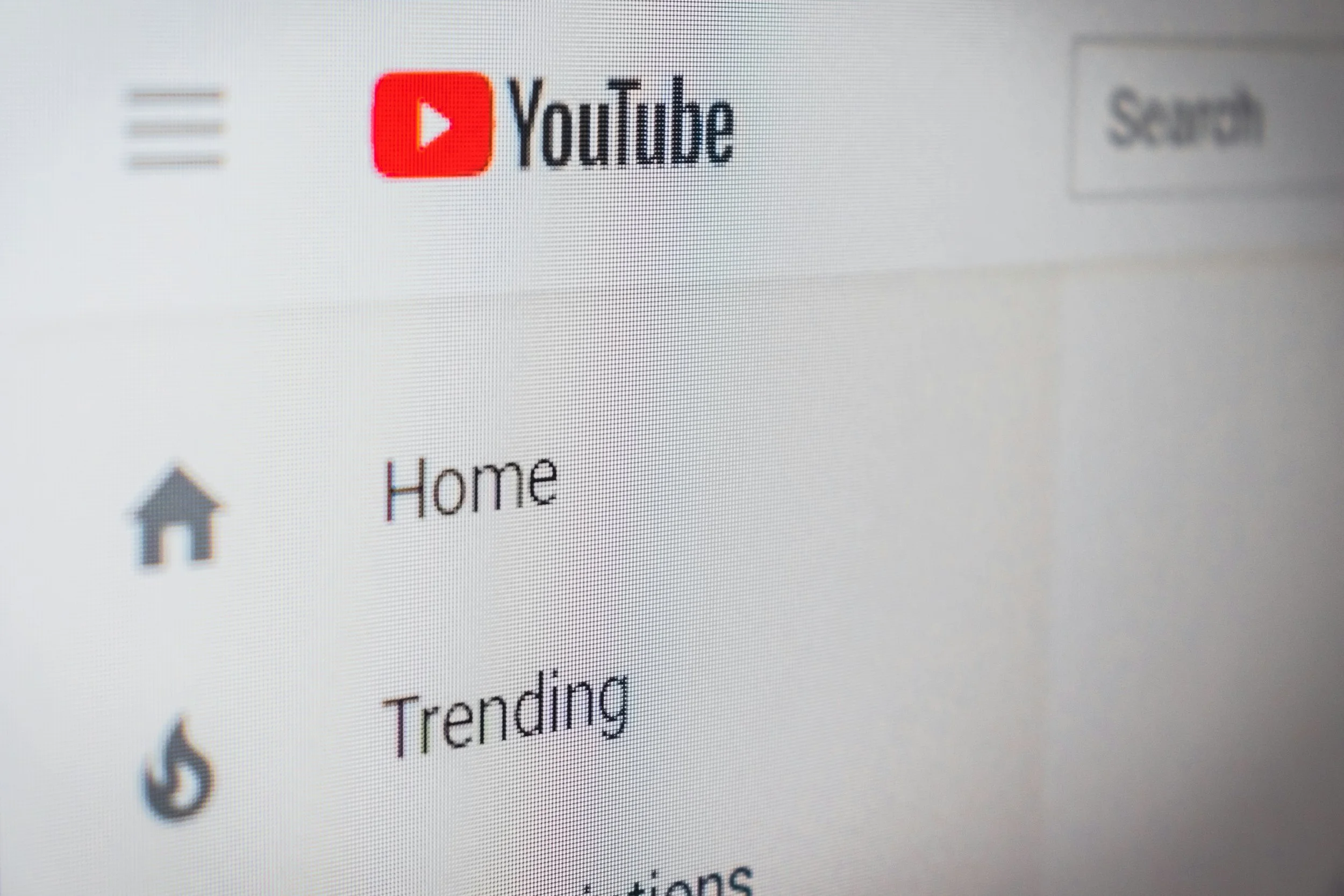

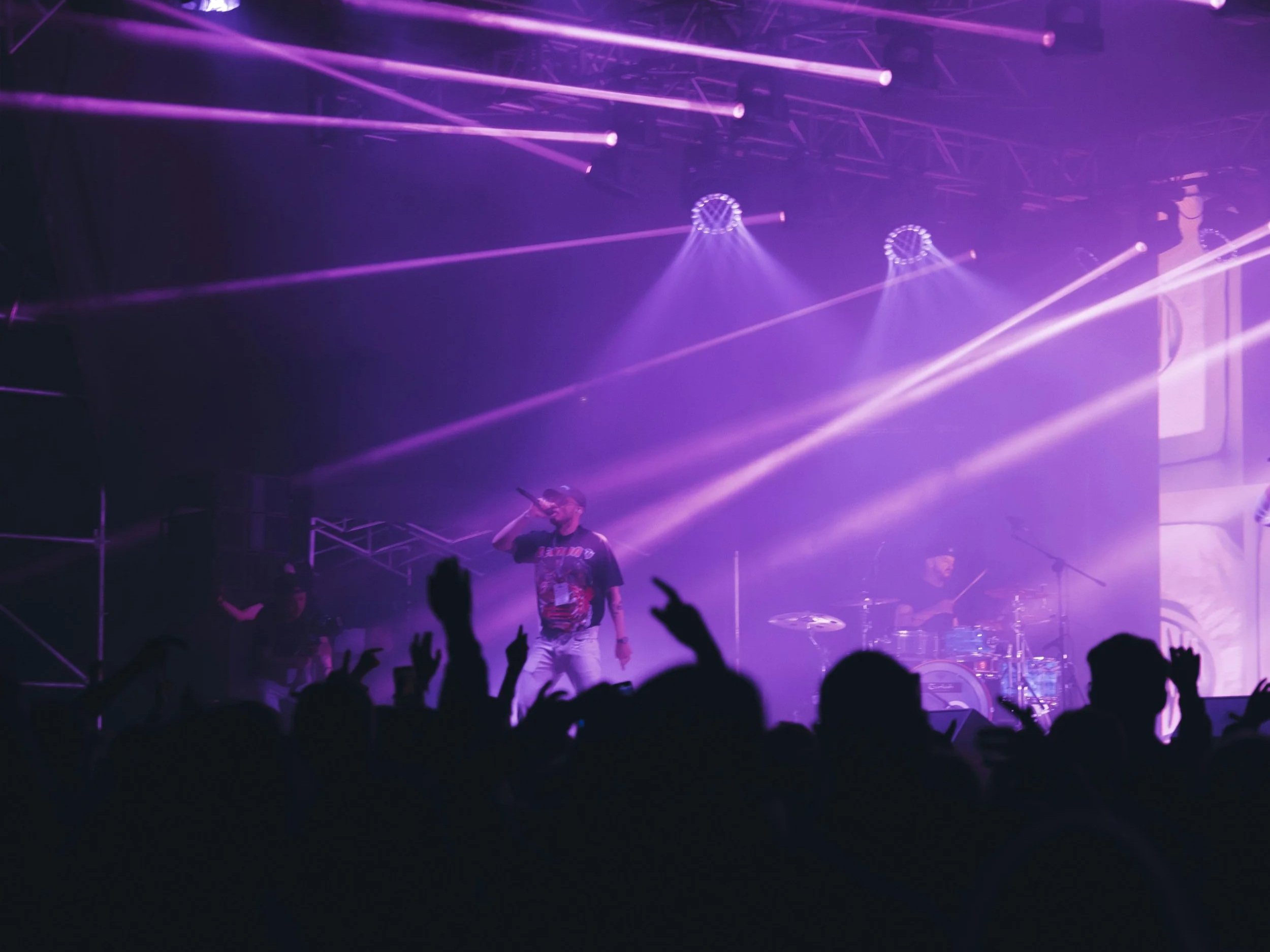

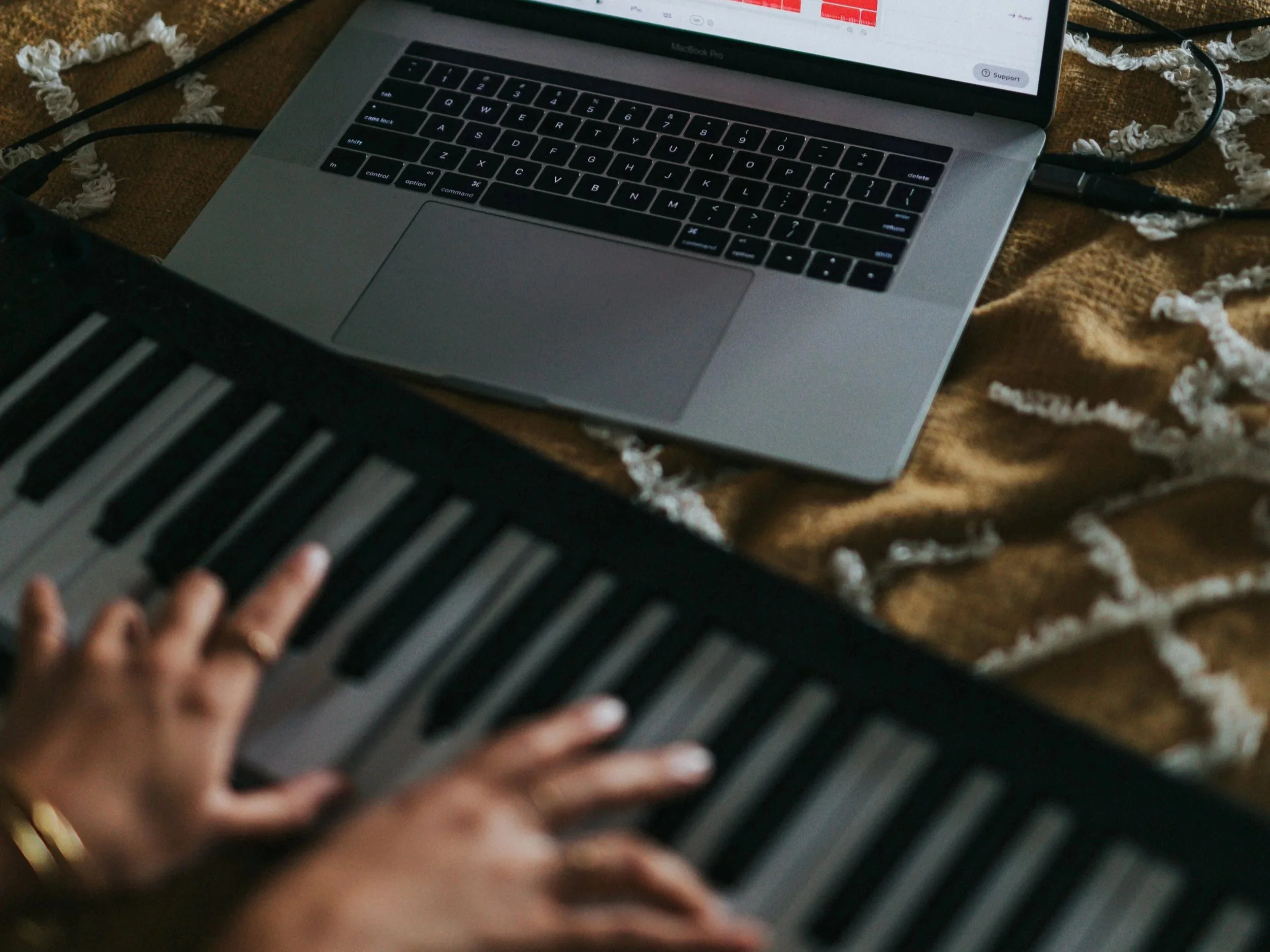


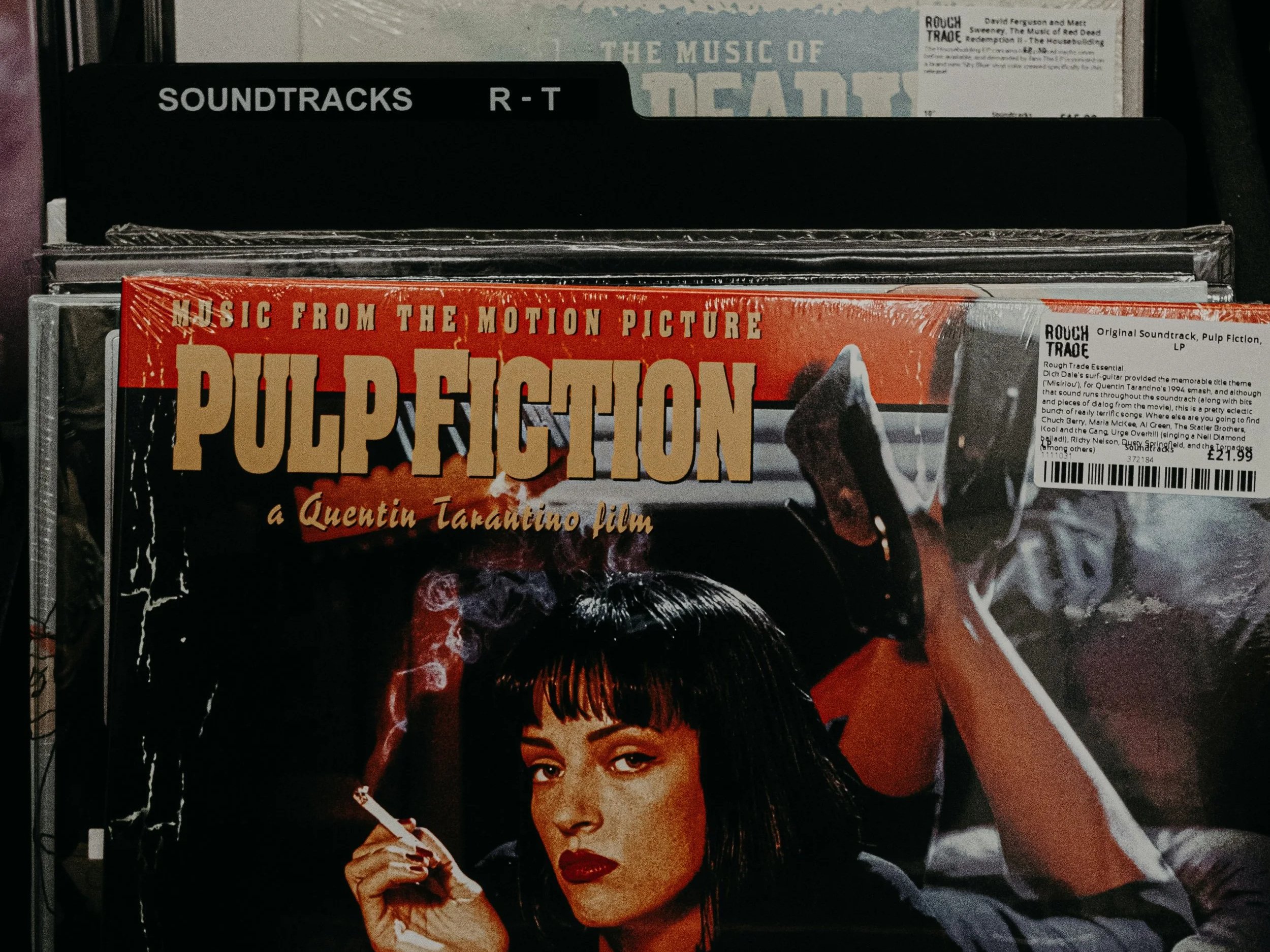


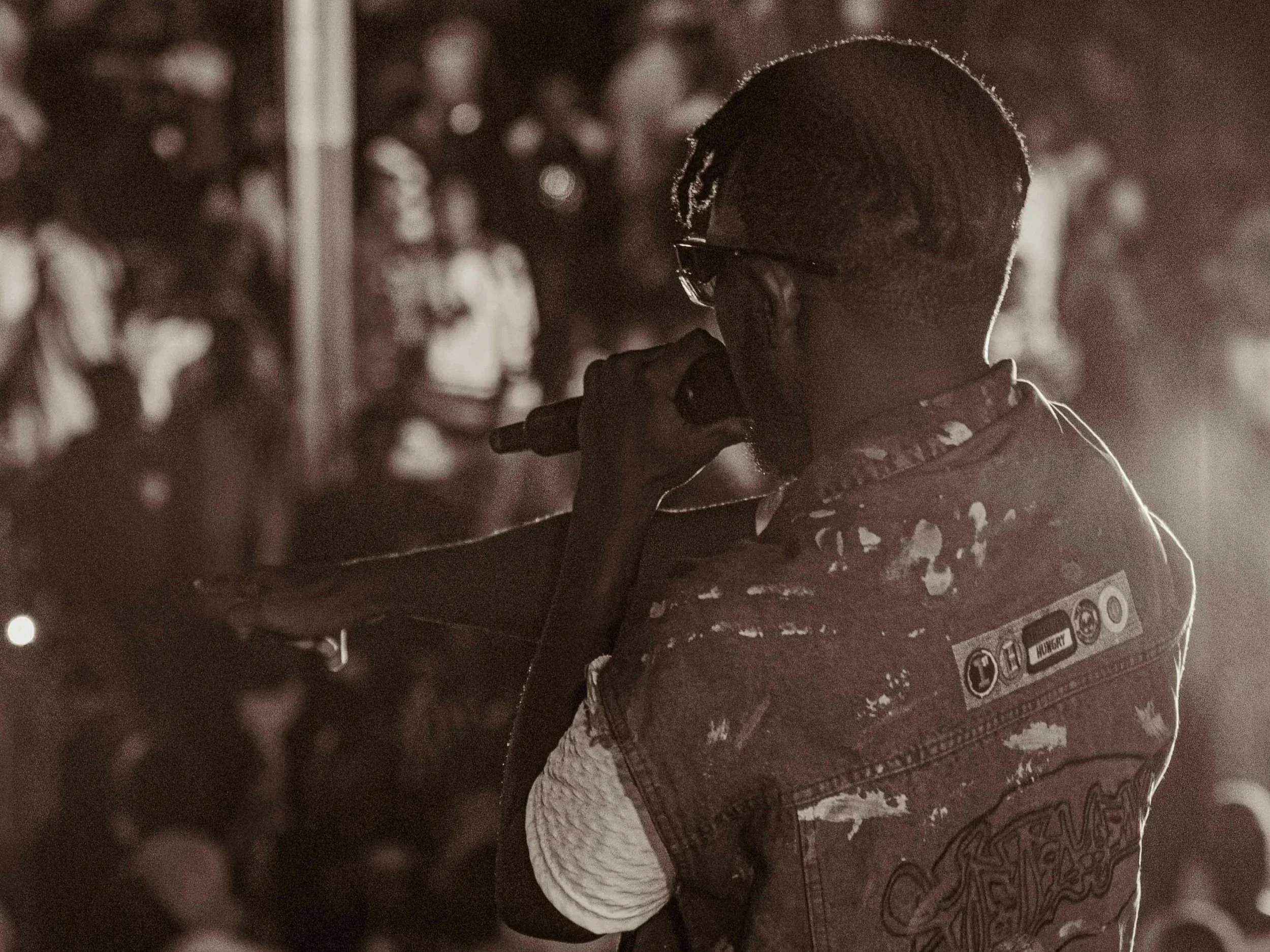







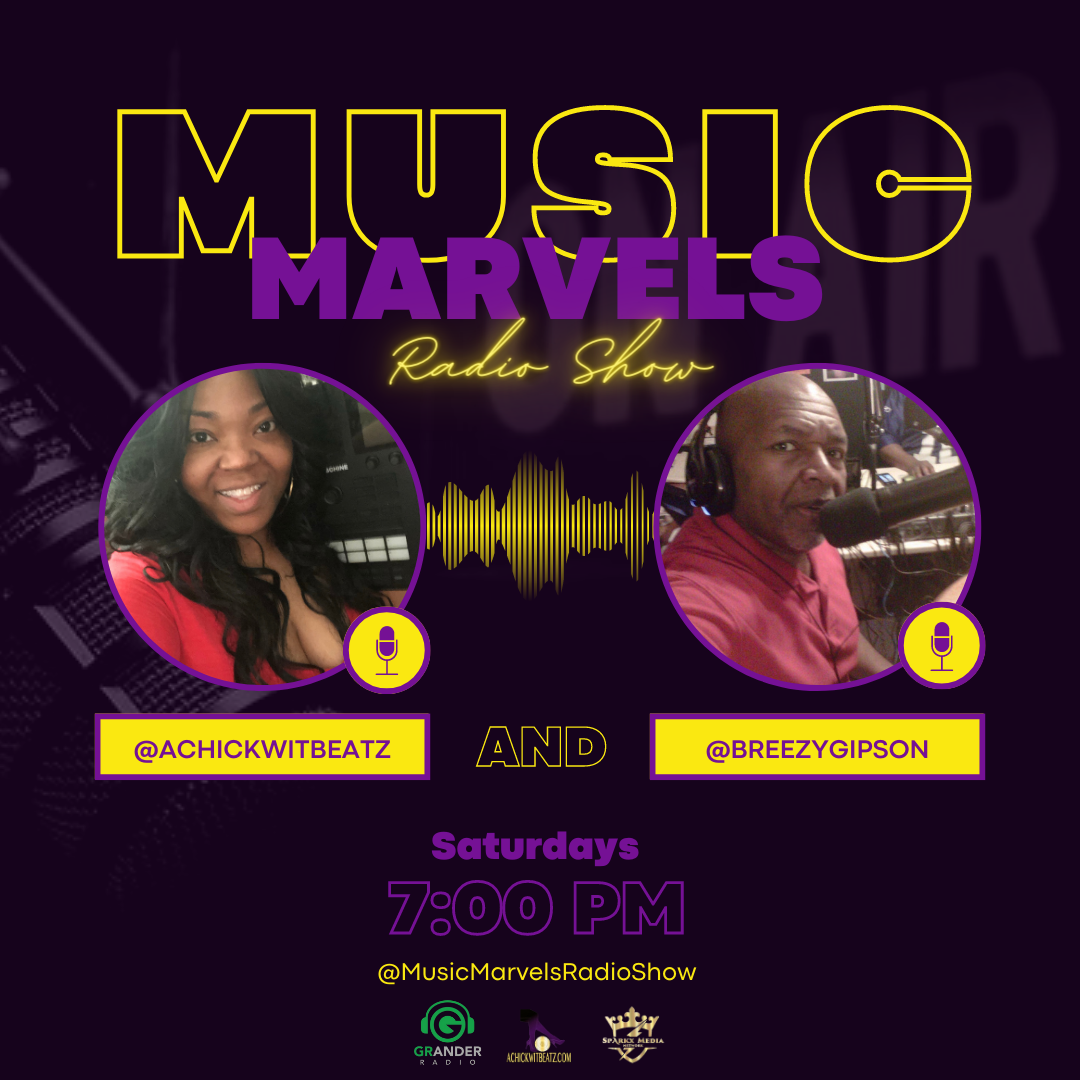
![Hear Here: Achickwitbeatz - Dopamine & Serotonin [Single]](https://images.squarespace-cdn.com/content/v1/52b0b90ae4b0293bfed0d692/1710852808557-EZYGFDIBHLBSIRFOVS1Q/Dopamine+%26+Serotonin.JPG)


